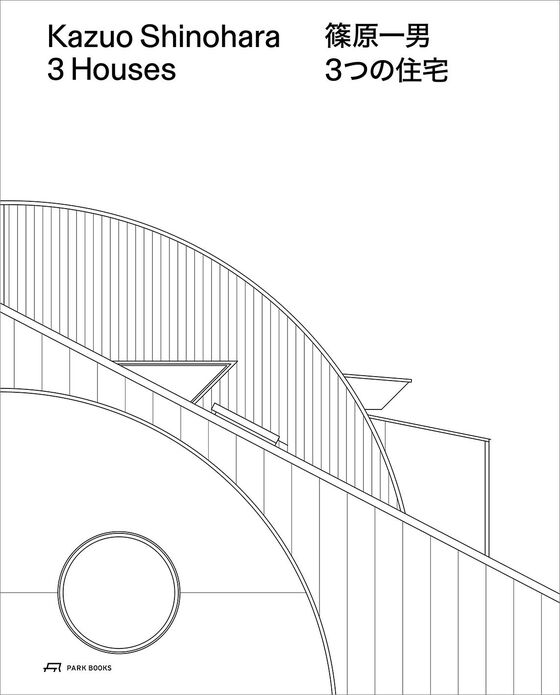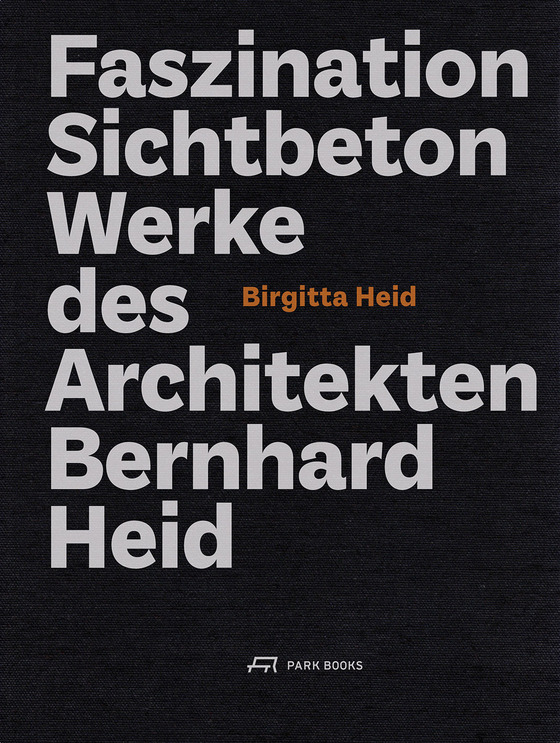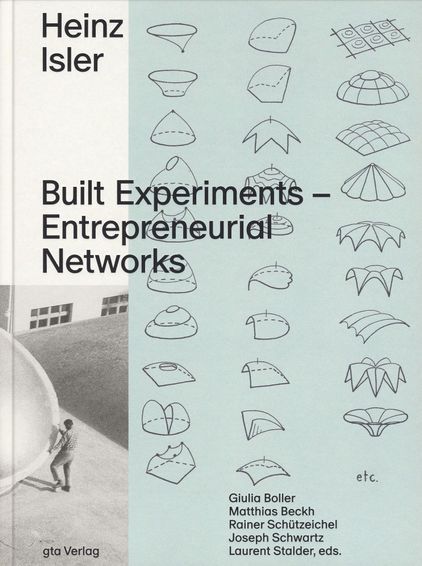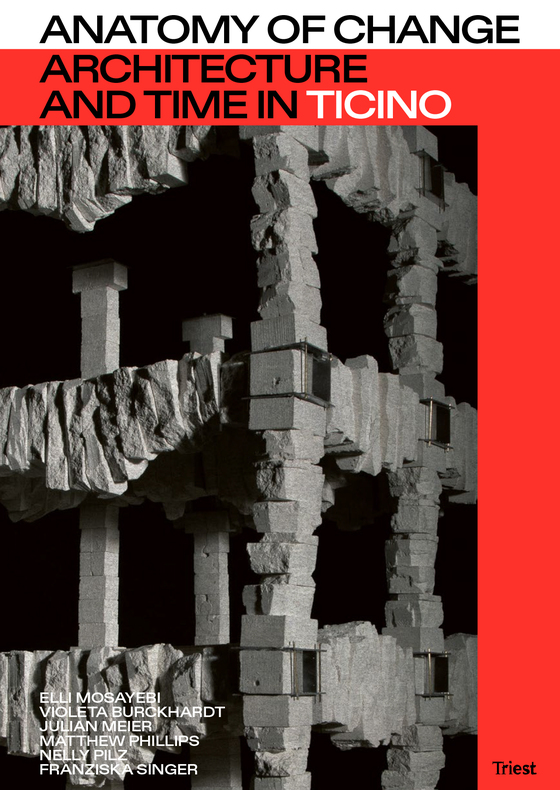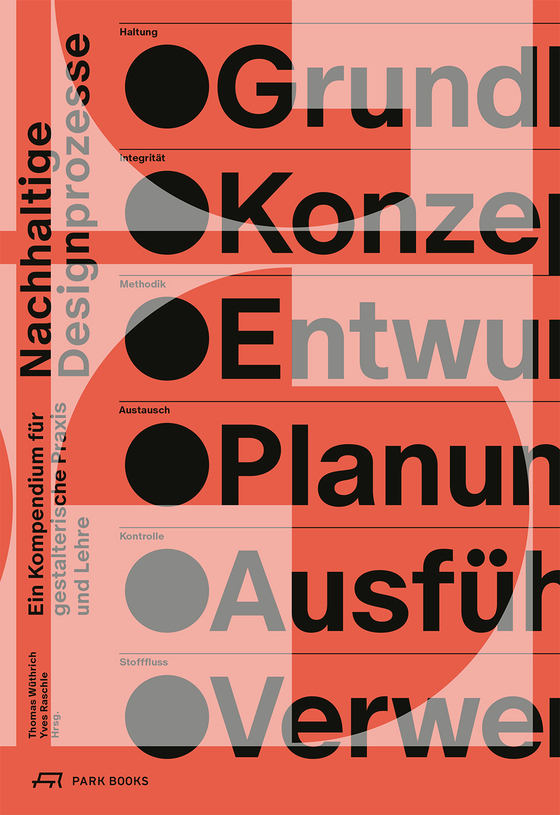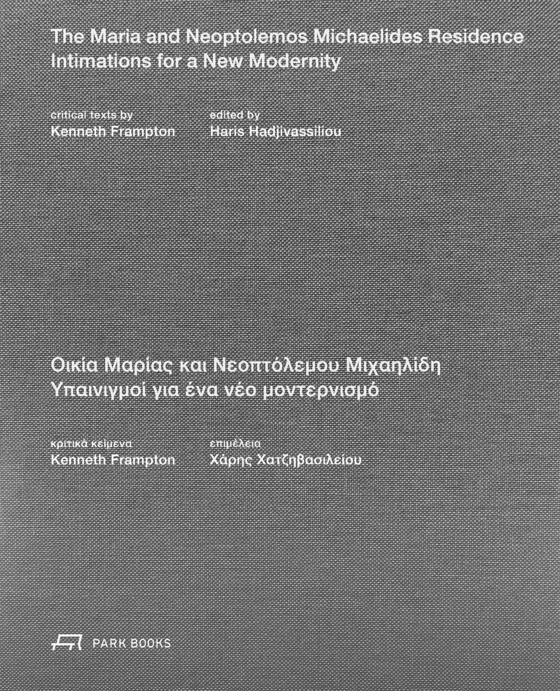Habitat 2030 – Bauen radikal transformieren
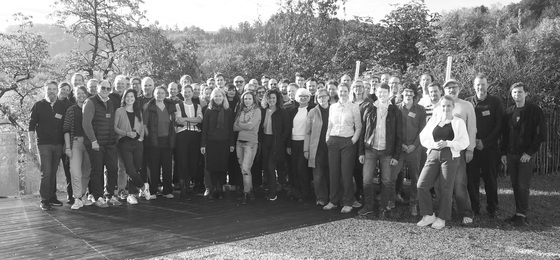
Habitat 2030 ist ein Zusammenschluss von Vertreter:innen aus Architektur, Bauträgerschaft, Bauunternehmen, Klimaaktivismus, Medien, Verwaltung, Wissenschaft und Forschung. Gemeinsam setzen sie sich für eine grundlegende Transformation der Bauwirtschaft zur Klimaneutralität bis 2030 ein sowie für die Schaffung zukunftsfähiger Lebensräume innerhalb der planetaren Grenzen.
Drei Mitglieder von Habitat 2030, Architektin Katharina Kothmiller, Architekt Markus Zilker und Elfriede Mörtl von der gemeinnützigen Wohnbaugenossenschaft Alpenland erzählen im Gespräch, was ihnen Hoffnung gibt und warum der wöchentliche fachliche Austausch im sogenannten Klimafrühstück und die intensive Beschäftigung mit der vergleichenden Ökobilanzierung für ihre Arbeit zentral ist. Das Gespräch ist in voller Länge im Podcast Morgenbau anzuhören.
Beitrag, Anne Isopp, nextroom fragt:, 13.01.2026
